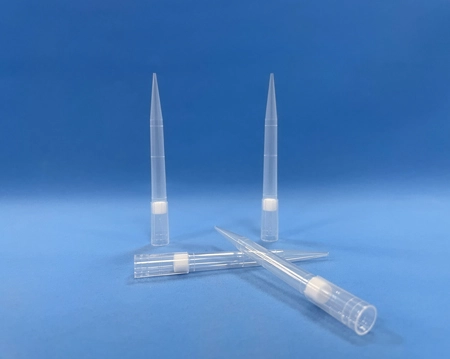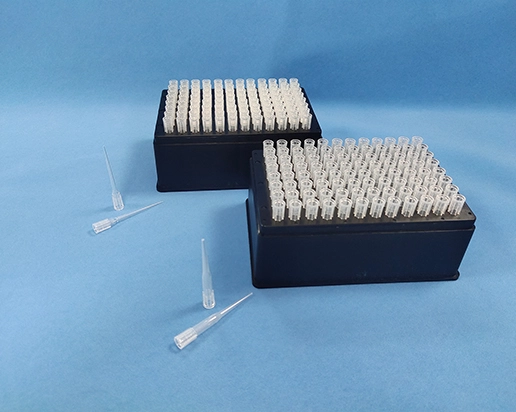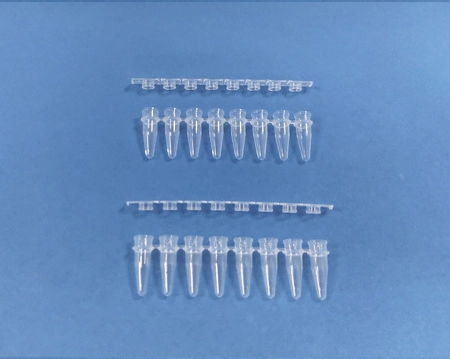Future-Ready Labs: Harnessing the Potential of Robotic Pipette Tips
In today's fast-paced world of scientific research, laboratories are constantly seeking innovative solutions to enhance efficiency and accuracy. Robotic pipette tips have emerged as a game-changing technology, revolutionizing the way liquids are handled and accelerating the pace of scientific discovery. With their ability to automate repetitive pipetting tasks, robotic pipette tips are transforming laboratories into future-ready spaces that can meet the demands of modern research.
The Benefits of Robotic Pipette Tips
Increased Efficiency and Precision
Traditional pipetting methods can be prone to human error and inconsistencies, leading to inaccuracies and potentially compromising experimental results. Robotic pipette tips, on the other hand, offer a high level of precision, reducing variation and enhancing reproducibility. Automated pipetting ensures that every step is performed consistently, eliminating the potential for mistakes and saving valuable time.
Streamlined Workflow
One of the key advantages of using robotic pipette tips is the ability to automate repetitive tasks. By programming the robotic system with the desired liquid transfer steps, scientists can focus on more complex and intellectually challenging aspects of their research. This streamlining of routine pipetting tasks allows for increased productivity, as researchers can simultaneously work on multiple experiments or perform other laboratory duties.
Sample Contamination Prevention
Contamination is a significant concern in laboratories, particularly when handling sensitive samples or conducting experiments involving DNA, RNA, or proteins. Robotic pipette tips ensure the highest level of sample integrity and prevent cross-contamination between samples. As these tips are disposable and replaced after each use, the risk of carryover contamination is significantly reduced, ensuring accurate and reliable results.
Cost Reduction
Robotic pipette tips can also contribute to cost savings in the long run. By minimizing the need for repetitive manual pipetting, labs can optimize their resources more effectively. Additionally, the precise and accurate liquid transfers facilitated by robotic pipette tips reduce the wastage of costly reagents, further minimizing expenses. By adopting this technological advancement, laboratories can achieve significant cost savings while improving productivity.
Future Potential and Development
The future of laboratory research lies in integrating automation and robotics into everyday practices. Robotic pipette tips are just the beginning of what can be achieved. As technology advances, these devices will become increasingly sophisticated, offering even greater versatility and functionality. Future iterations may include additional features such as built-in sensors for error detection, the ability to operate in sterile environments, and integration with laboratory information management systems (LIMS).
Furthermore, collaboration between different robotics technologies and manufacturers of critical consumables in laboratory may lead to the development of fully automated robotic systems that can handle complex experimental setups and protocols. This harmonious integration will enable labs to achieve unprecedented levels of precision, accuracy, and reproducibility, revolutionizing scientific research across various disciplines.
Robotic pipette tips have paved the way for future-ready laboratories, offering enhanced efficiency, accuracy, and reproducibility in liquid handling operations. By adopting this cutting-edge technology, labs can streamline their workflow, reduce contamination risks, and achieve significant cost savings. As the field of automation and robotics continues to evolve, the potential for innovative advancements in robotic pipette tips is vast. Embracing these developments will enable laboratories to make remarkable strides in scientific discovery, representing a pivotal step towards a future where research is conducted at even higher levels of precision and efficiency.
 English
English  中文
中文  日本語
日本語  한국어
한국어  français
français  Deutsch
Deutsch  Español
Español  italiano
italiano  русский
русский  português
português  العربية
العربية  tiếng việt
tiếng việt 


